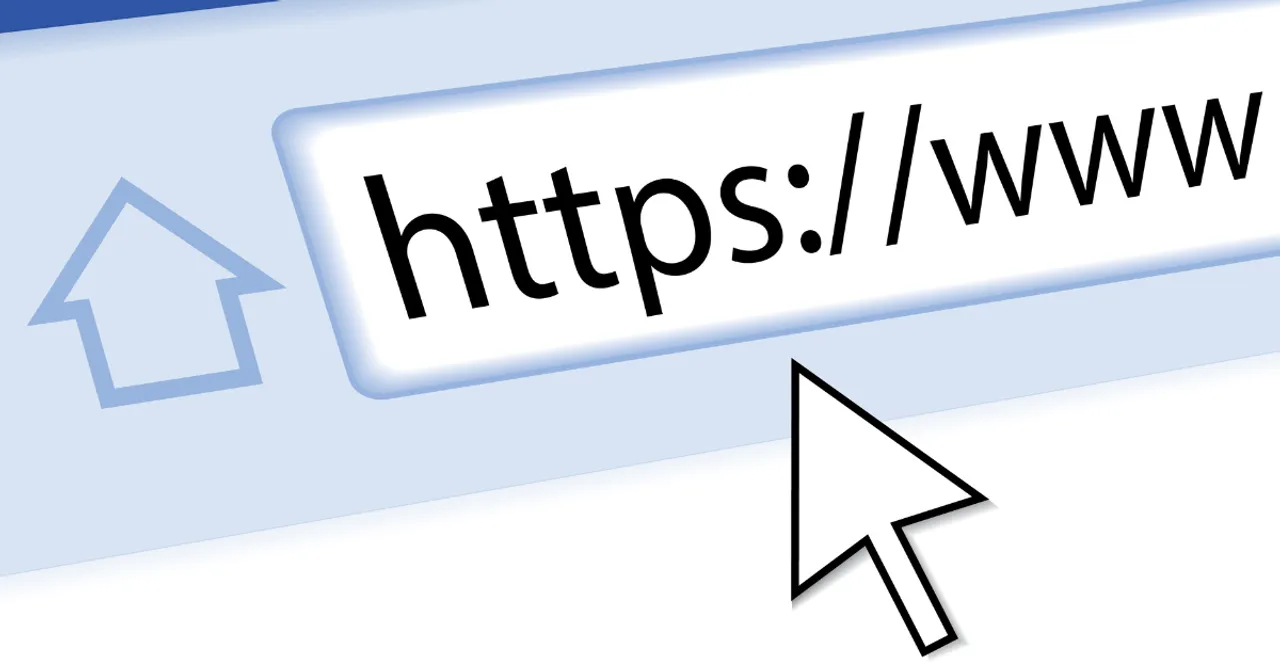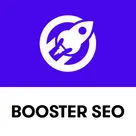Website speed is a critical factor in the success of your online presence. Not only does it affect user experience, but it also plays a significant role in search engine optimization (SEO). A faster website can lead to better rankings, increased traffic, and ultimately, more conversions. In today's digital landscape, users expect web pages to load instantly, and failing to meet these expectations can result in high bounce rates and lost opportunities.
This post will explore various strategies to enhance your website speed, adhering to Google's E-E-A-T principles to ensure a reliable and authoritative guide. By leveraging practical insights, expert perspectives, and proven techniques, you'll learn how to optimize your website for speed and improve its SEO performance.
Whether you are a seasoned web developer or a business owner managing your own site, understanding the intricacies of website speed optimization is essential. From reducing server response time to optimizing images and leveraging browser caching, we'll cover actionable strategies to ensure your website not only loads quickly but also provides a seamless experience for users. Let's dive in and explore how you can enhance your website speed to achieve better rankings and drive more traffic.
Understanding the Importance of Website Speed
Website speed is a critical factor that goes beyond mere user convenience by significantly impacting SEO performance. Search engines now prioritize fast-loading sites, recognizing their superior user experience. When a website lags, it can lead to elevated bounce rates, which in turn, diminishes search rankings.
Several studies underscore the urgency of optimizing site speed. For instance, a mere one-second delay in page load can result in a 7% reduction in conversions and 11% fewer page views. Additionally, Google’s algorithm updates continually stress the importance of speed, making it a crucial determinant in search engine rankings.
To optimize your website, consider the following:
- Utilizing compressed images to reduce load times.
- Leveraging browser caching for returning visitors.
- Minifying CSS, JavaScript, and HTML to streamline content delivery.
These strategies illustrate the comprehensive impact of speed on SEO, emphasizing its indispensability for contemporary digital success.

Practical Steps to Measure Your Current Website Speed
Before enhancing your website's speed, it's critical to gauge its current performance using reliable tools. Platforms like Google PageSpeed Insights, GTmetrix, and Pingdom provide comprehensive analyses that can highlight areas needing attention. Understanding these evaluations may initially seem daunting, but focusing on the core metrics like load time, total page size, and requests can simplify the process.
- Google PageSpeed Insights: Offers detailed insights coupled with recommendations for improvement. A score above 90 signifies a well-optimized site, while anything under 50 suggests room for growth.
- GTmetrix: Provides both speed and optimization metrics, illustrating real-world performance with waterfall charts.
- Pingdom: Specializes in evaluating load time from various global locations, helping pinpoint geographical performance discrepancies.
As you interpret these results, note that a fast-loading website not only enhances user experience but also stands to benefit SEO by meeting search engine requirements. Using these tools establishes a benchmark, guiding subsequent improvements.

Optimizing Images and Other Media Files
Large and unoptimized media files can significantly slow down your website, adversely affecting your SEO performance. To tackle this issue, focus on optimizing images and other media files. Here are some practical strategies:
- Compress Images: Use tools like TinyPNG or ImageOptim to compress images without losing quality. This decreases file size, enhancing loading times.
- Leverage Next-Gen Formats: Adopt formats such as WebP, which provide superior compression and quality compared to traditional formats like JPEG or PNG.
- Implement Lazy Loading: Delay loading images and videos until they enter the viewport. This reduces initial page load time and server load.
Experienced web developers recommend these techniques for noticeable improvements in speed. By refining media management, you can significantly boost page performance, leading to better search engine rankings and user experience. Proper image optimization is an essential part of a holistic SEO strategy, enabling faster mobile load times and improving overall site efficiency.

Enhancing Server Response Time
The speed of your website significantly impacts both user experience and search engine rankings. A sluggish server can undermine your website's speed. To enhance server response time, consider these key strategies:
- Choose the Right Hosting Provider: Opt for a provider that offers reliable performance and scalability. Look for hosting solutions that align with your website's demands, such as VPS or dedicated hosting, to ensure optimal speed.
- Content Delivery Networks (CDNs): Utilize CDNs to distribute content across multiple servers worldwide, reducing latency and improving load times for global visitors.
- Enable Server Caching: Implement server-side caching mechanisms to store frequently accessed data, minimizing database queries and speeding up response times.

By carefully selecting appropriate hosting solutions and leveraging CDNs and caching, you can boost your website's speed, enhancing both user satisfaction and SEO performance.
Minimizing Code and Reducing HTTP Requests
Streamlined code and fewer HTTP requests can substantially boost your site's speed. Optimizing load times is crucial not only for user experience but also for search engine rankings. By minifying CSS, JavaScript, and HTML, you eliminate unnecessary characters, which reduces file sizes. Consider combining multiple files into single requests where possible, thus minimizing server calls. Expert web developers emphasize the importance of balancing efficient code with functionality to ensure comprehensive site performance. Implementing these strategies requires an understanding of web development techniques and an appreciation of how they impact user accessibility and SEO.
- Minify CSS, JavaScript, and HTML to reduce file sizes.
- Combine multiple scripts or stylesheets to decrease the number of HTTP requests.
- Evaluate the impact of every piece of code on both functionality and speed.
By diligently applying these methods, webmasters and developers can significantly enhance website speed, ultimately leading to better rankings and a more positive user experience.

Enhancing website speed is a multifaceted task that requires a well-rounded approach, balancing technical optimizations with user-centric design. By applying these strategies, websites can achieve faster speeds and improved SEO rankings. Websites must prioritize efficient resource loading by utilizing techniques such as image optimization, leveraging browser caching, and enabling compression for web assets.
Additionally, utilizing Content Delivery Networks (CDNs) to distribute content closer to users can significantly reduce latency, while regular monitoring with tools like Google's PageSpeed Insights can help identify continuous improvement areas. Implementing lazy loading for images and videos ensures that only necessary elements are loaded initially, improving the user experience and loading times.
Remember, consistent monitoring and updates are crucial for maintaining performance, ensuring your site remains ahead of competitor benchmarks. Engage in regular audits of your site’s performance data to spot potential bottlenecks. Prioritizing these optimizations not only benefits your SEO by decreasing bounce rates but also enhances user satisfaction. Now is the time to start incorporating these practices to see noticeable improvements in your website's performance.
Take action on these insights to optimize your website speed, ultimately facilitating better user interactions and boosting your SEO rankings. Make website speed an ongoing priority, leveraging your findings to adapt swiftly in the ever-evolving digital landscape.













